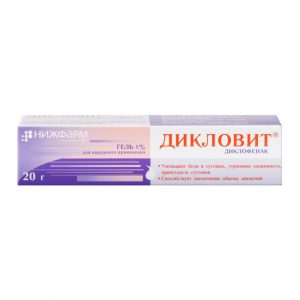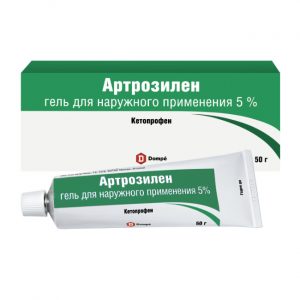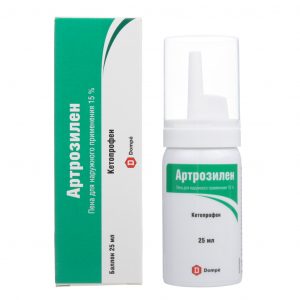Description
Latin name
Analgin
Release form
Tablets are white or slightly yellowish in color, with a bitter taste.
Packing
10 pcs
Indications
mild or moderate pain (headache, migraine, toothache, neuralgia, myalgia dysmenorrhea postoperative pain in combination with antispasmodics for renal and biliary colic)
fever in infectious and inflammatory diseases
use as an antipyretic is advisable after the diagnosis of the disease.
Contraindications
Hypersensitivity to pyrazolone derivatives (butadione, tribuzon), tendency to bronchospasm.
Severe impairment of liver or kidney function, glucose-6-phosphate dehydrogenase deficiency, blood diseases.
Use during pregnancy and lactation
During the first and last three months of pregnancy, you should not take Analgin.
From the fourth to the sixth month of pregnancy, Analgin should be taken for strict medical reasons.
After taking Analginum, breast-feeding should be stopped for 48 hours.
Composition
1 tablet contains: active ingredient: metamizole sodium (analgin) 500 mg
excipients:
refined sugar,
potato starch,
calcium stearate,
talc.
Dosage and administration
Inside, adults are prescribed 0.25-0.5 g 2-3 times a day after meals.
The maximum single dose is 1 g, daily – 3 g.
Children are prescribed 5-10 mg / kg of weight 3-4 times a day.
Single doses for oral administration for children aged:
2-3 years old – 0.05-0.1 g
4-5 years old – 0.1-0.2 g
6-7 years old – 0.2 g
8-14 years – 0.25-0.3 g.
Multiplicity of appointment – 2-3 times a day.
Side effects of the
From the urinary system: impaired renal function, oliguria, anuria, proteinuria, very rarely the development of acute interstitial nephritis, staining of urine in red (due to the release of the metabolite – rubazonic acid).
Allergic reactions: urticaria, including on the conjunctiva and mucous membranes of the nasopharynx, Quincke’s edema in rare cases – malignant exudative erythema (Stevens-Johnson syndrome), anaphylactic shock, toxic epidermal necrolysis (Lyell syndrome), only bronchospastic syndrome to bronchospasm).
From the hemopoietic organs: leukopenia, rarely agranulocytosis and thrombocytopenia of immune origin.
Other: possible decrease in blood pressure, heart rhythm disturbance.
Drug Interaction
Concomitant use of Analgin with other non-narcotic analgesics can lead to mutual enhancement of toxic effects.
Tricyclic antidepressants, contraceptives, and allopurinol interfere with the metabolism of sodium metamizole in the liver and increase its toxicity.
Barbiturates and phenylbutazone weaken the action of Analgin.
Analgin enhances the effects of alcohol-containing beverages.
X-ray contrast drugs, colloidal blood substitutes and penicillin should not be used during metamizole sodium treatment.
Metamizole sodium, by displacing oral hypoglycemic drugs, indirect anticoagulants, glucocorticosteroids and indomethacin, from the protein’s association, increases their activity.
Concomitant administration of Analgin with cyclosporine reduces the latter’s level in the blood.
Thiamazole and sarcolysin increase the risk of leukopenia.
The effect is enhanced by codeine, H2-histamine receptor blockers, propranolol (slows down inactivation).
Sedatives and tranquilizers enhance analgesic analgesic action.
Myelotoxic drugs increase the hematotoxicity of the drug.
Overdose
Symptoms: nausea, vomiting, epigastric pain, vestibular disorders, tinnitus, clonic and tonic convulsions, coma, agranulocytosis, aplastic anemia, hemorrhagic cariopathy.
Treatment: gastric lavage, standard detoxifying measures, symptomatic therapy if necessary.
Storage conditions
In a dark place, out of reach of children, at a temperature not exceeding 25 ° C
Expiration
5 years.
Medicines should not be used after the time stated on the pack.
Deystvuyuschee substances
metamizol sodium
pharmacy terms without a prescription
dosage form
dosage form
tablets




